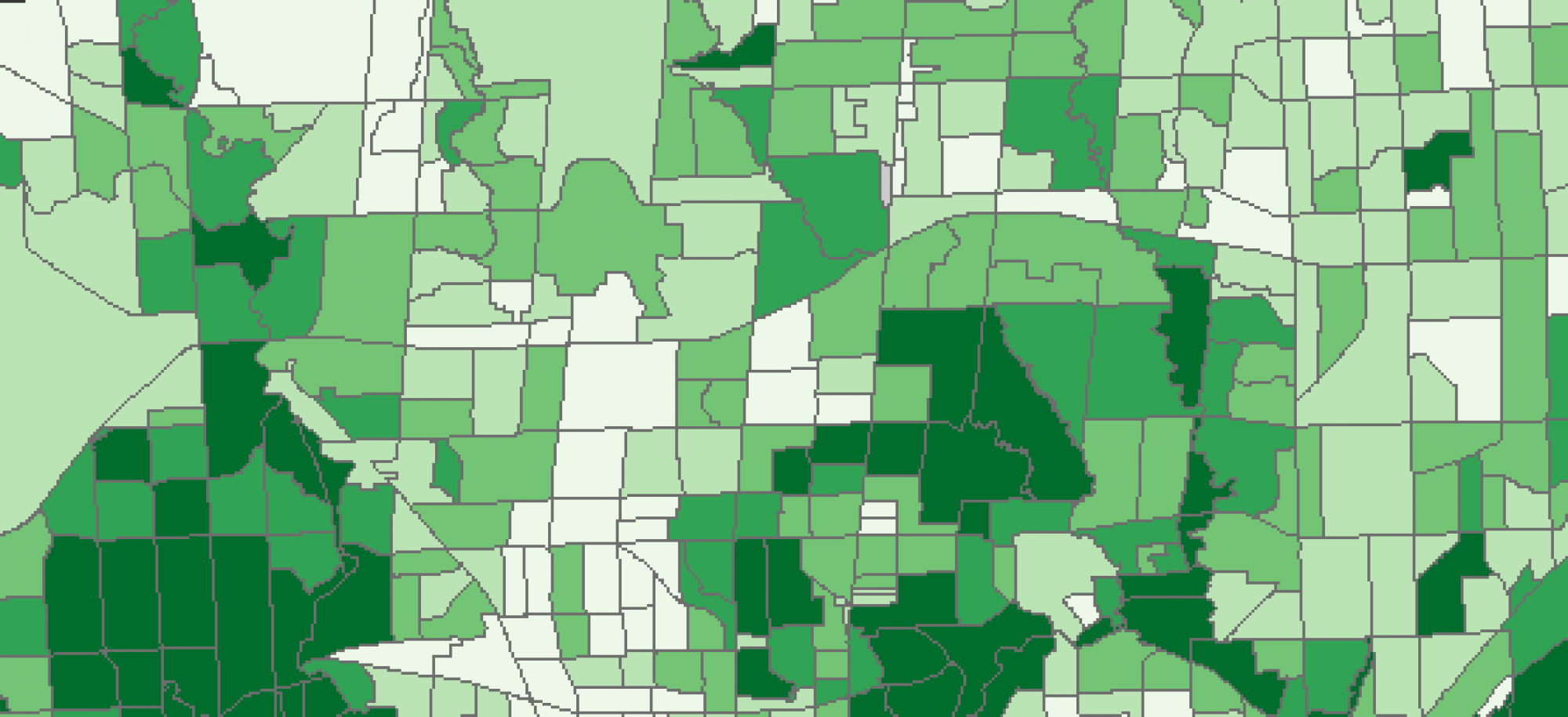Landscape ecology is the subdiscipline of ecology which is interested in quantifying landscape form with the interest of relating it back to processes that occur on the landscape. Landscape form can be described by numerous metrics which can identify different patterns or structures within the landscape. These can be metrics describing the spatial configuration of landscapes such as total patch area, number of patches, total patch edge; or measures which look at the spatial composition of landscapes like patch diversity, richness, etc. All of which can tell different stories about how a landscape is composed in terms of patch distributions and sizes, and can also be looked at in different temporal lenses to show how landscapes change over time.
After quantifying the form, patterns identified can be used to further understand processes which occur in the landscape. These processes can be abiotic or biotic in nature, for example, you could be looking at how the patchiness of a landscape influences the distribution of a monitored organism in a landscape or look at how landscape influences the distribution of wildfires over a surface etc. Theories or observations can be developed which attempt to describe how the form of a landscape influences the processes occuring in the landscape or vice versa. By understanding relationships between form and processes you can apply what you learn in both prescriptive and descriptive manners. The former to describe landscapes and why they are the way they are, and the latter to find analogues elsewhere in the world and understand either how an area may change with time or why it is the way it is.
